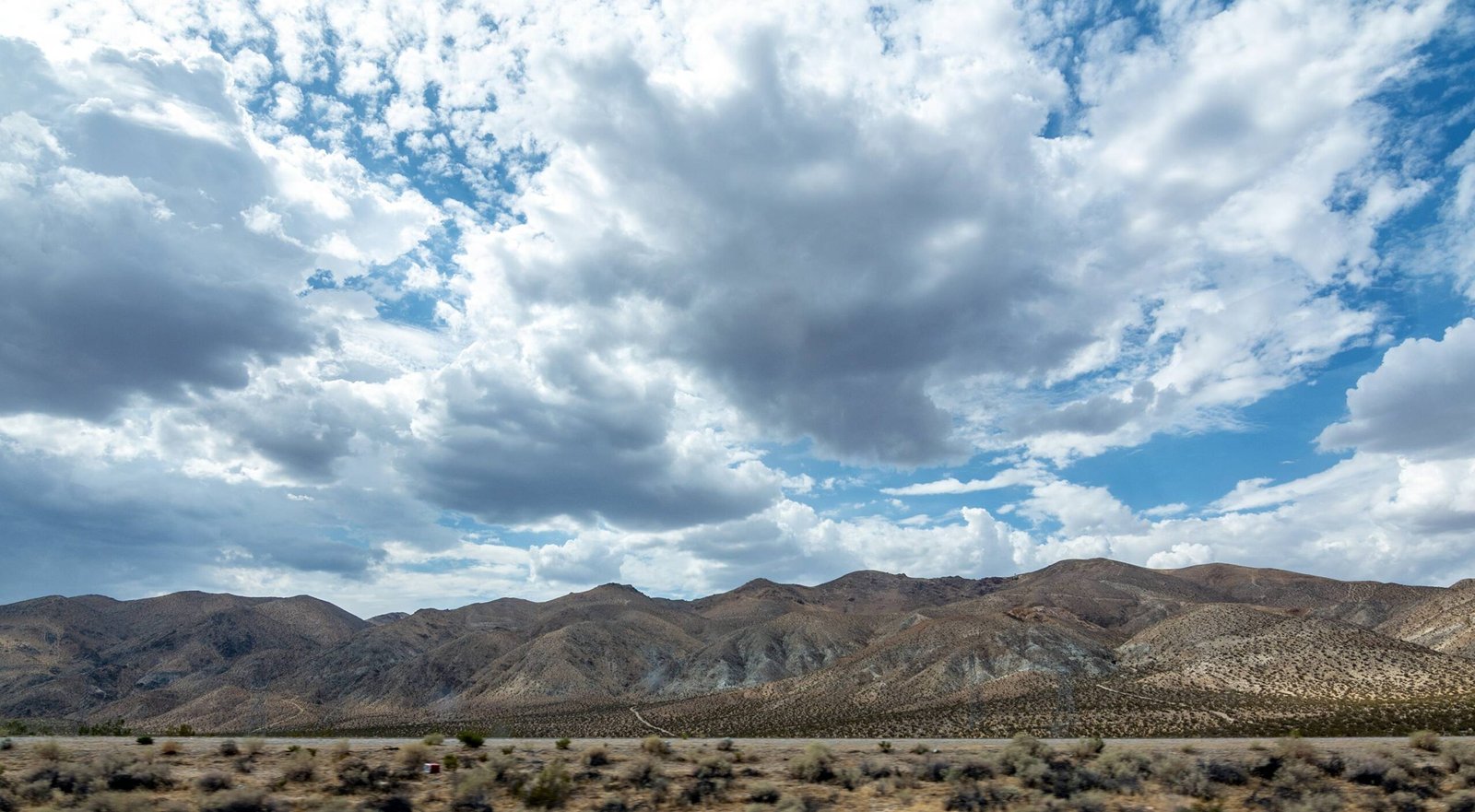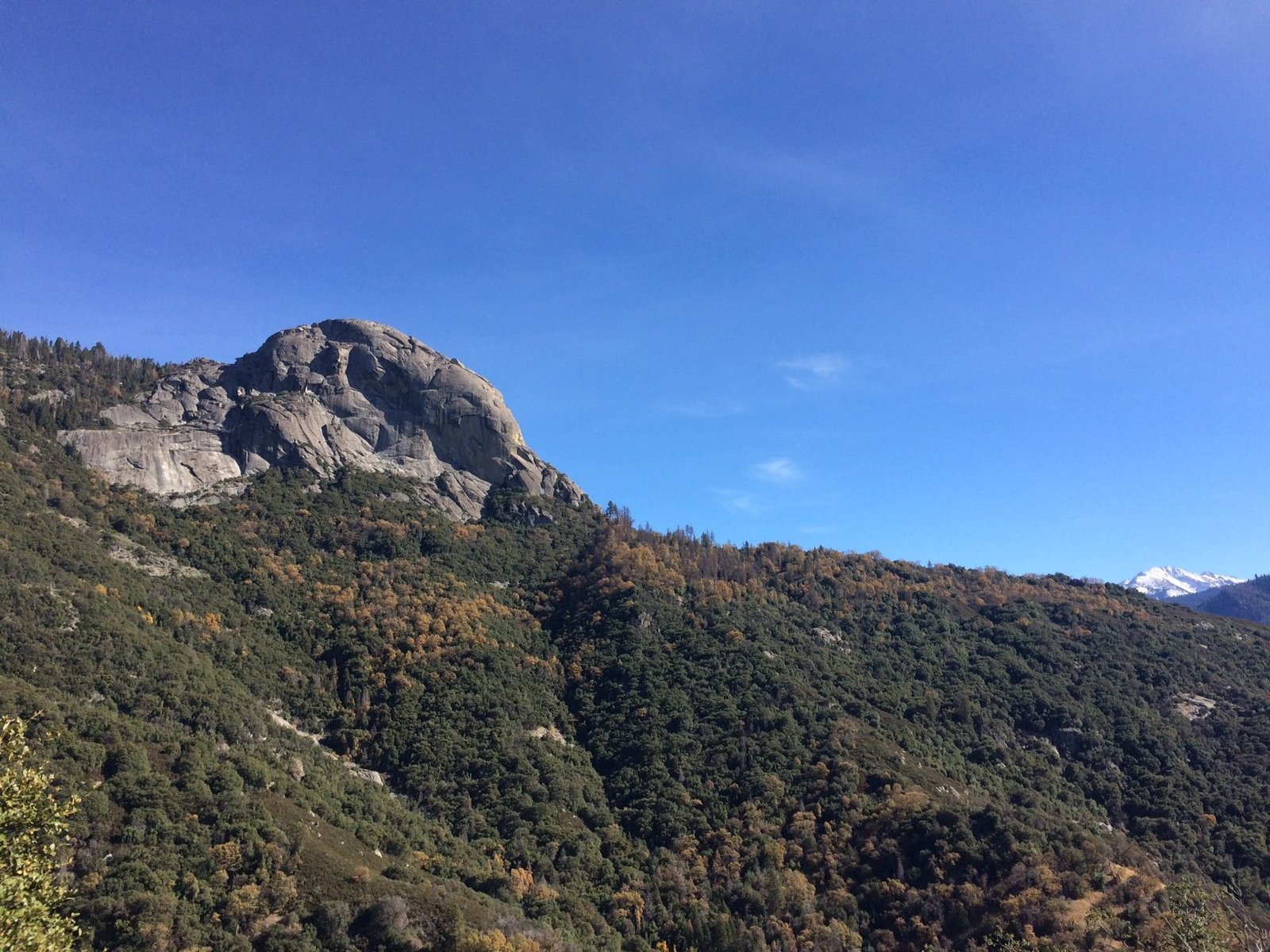Sequoia National Park and Inyo National Forest are two of California’s most breathtaking natural wonders. Sequoia National Park is renowned for its giant sequoia trees, including the General Sherman Tree, the largest tree on Earth by volume. Inyo National Forest, adjacent to Sequoia, offers diverse landscapes from alpine peaks to desert valleys. Both areas provide exceptional opportunities for hiking, camping, wildlife viewing, and scenic drives, making them popular destinations for nature enthusiasts and outdoor adventurers.
What Makes Sequoia National Park Unique?

Sequoia National Park is home to some of the world’s largest trees, including the General Sherman Tree, which stands at 275 feet tall with a diameter of 36 feet at its base. The park’s diverse ecosystems range from low-elevation foothills to high-alpine wilderness, providing habitats for a wide variety of flora and fauna.
Key features of Sequoia National Park include:
- Giant sequoia groves
- Marble caverns
- Granite peaks
- Deep canyons
- Alpine meadows
How Does Inyo National Forest Complement Sequoia National Park?

While not part of Sequoia National Park, Inyo National Forest is adjacent and offers complementary experiences:
- Diverse landscapes from desert to alpine
- Access to Mount Whitney, the highest peak in the contiguous United States
- Extensive trail systems
- Unique geological features like hot springs and ancient bristlecone pine forests
What Are the Best Hiking Trails in Sequoia National Park?
Sequoia National Park offers a variety of hiking trails suitable for different skill levels and interests. Here are some of the most popular:
Foothills Region
- Marble Falls Trail
- Distance: 7.4 miles round-trip
- Difficulty: Moderate
- Highlights: Whitewater cascade, canyon views
- Best time: Year-round, but cooler months are preferable
Giant Forest and Lodgepole Area
- Lakes Trail
- Distance: 8.2-12.4 miles round-trip
- Difficulty: Moderate to Strenuous
- Highlights: Alpine lakes, including Pear Lake
-
Best time: Late spring to early fall
-
Big Trees Trail
- Distance: 1 mile loop
- Difficulty: Easy
- Highlights: Round Meadow, sequoias, wildflowers, wildlife
-
Best time: Year-round
-
Congress Trail
- Distance: 2.7 miles
- Difficulty: Easy
- Highlights: General Sherman Tree, House and Senate sequoia groups
- Best time: Year-round, but cooler months are best
Mineral King Area
- Eagle Lake Trail
- Distance: 6.8 miles round-trip
- Difficulty: Moderate
- Highlights: Eagle Lake, waterfalls, springs, wildflowers
- Best time: Late spring to early fall
Where Are the Best Camping Sites in Sequoia National Park?
Sequoia National Park offers several camping options for visitors:
- Lodgepole Campground
- Capacity: 214 sites
- Amenities: Flush toilets, potable water, dump station, fire pits
- Cost: $22-$36 per night
- Reservations: Available through recreation.gov
-
Location: Close to Giant Forest and General Sherman Tree
-
Dorst Creek Campground
- Capacity: 204 sites
- Amenities: Flush toilets, potable water, dump station, fire pits
- Cost: $22-$36 per night
- Reservations: Available through recreation.gov
-
Location: Near Giant Forest and Muir Grove
-
Atwell Mill Campground
- Capacity: 21 sites
- Amenities: Vault toilets, potable water, fire pits
- Cost: $10 per night
- Reservations: First-come, first-served
- Location: In the Mineral King area, near Eagle Lake trailhead
What Wildlife Can Be Seen in Sequoia National Park?
Sequoia National Park is home to diverse wildlife, including:
- Mule deer
- Black bears
- Mountain lions
- Bobcats
- Various bird species
Best viewing times and locations:
– Early morning and late afternoon
– Meadows and forest edges (e.g., Crescent Meadow, Tharp’s Log)
– Streams and rivers (e.g., Kaweah River and its tributaries)
Remember to follow park regulations:
– Keep a safe distance from wildlife
– Do not feed animals
– Store food and trash properly to avoid attracting bears
What Are the Most Scenic Drives in Sequoia National Park?
- General’s Highway
- Length: Approximately 25 miles
- Route: South entrance to Giant Forest
- Key viewpoints: Tunnel Log, Moro Rock, General Sherman Tree
- Recommended stops: Giant Forest Museum, Moro Rock
-
Seasonal conditions: Open year-round, but may close during heavy snowfall
-
Mineral King Road
- Length: Approximately 25 miles
- Route: South entrance to Mineral King
- Key viewpoints: Mineral King Valley, Eagle Lake trailhead
- Recommended stops: Atwell Mill Campground, Mineral King Ranger Station
-
Seasonal conditions: Typically open late spring to early fall due to snow
-
Kings Canyon Scenic Byway
- Length: Approximately 50 miles
- Route: South entrance to Cedar Grove
- Key viewpoints: Zumwalt Meadow, Mist Falls, General Grant Grove
- Recommended stops: General Grant Grove, Zumwalt Meadow, Cedar Grove Visitor Center
- Seasonal conditions: Open year-round, but may have restrictions during heavy snowfall
How Does Inyo National Forest Enhance the Sequoia National Park Experience?
While Sequoia National Park offers majestic sequoia groves and diverse ecosystems, Inyo National Forest provides complementary experiences:
- Access to Mount Whitney
- Highest peak in the contiguous United States
-
Popular for mountaineering and hiking
-
Ancient Bristlecone Pine Forest
- Home to some of the oldest trees on Earth
-
Unique high-altitude ecosystem
-
Hot Springs
- Natural geothermal features
-
Popular for relaxation and scenic beauty
-
Extensive Trail Systems
- Connects to the Pacific Crest Trail and John Muir Trail
-
Offers diverse hiking and backpacking opportunities
-
Diverse Landscapes
- Ranges from desert valleys to alpine peaks
- Provides habitats for a wide variety of plant and animal species
By exploring both Sequoia National Park and Inyo National Forest, visitors can experience a broader range of California’s natural wonders, from the world’s largest trees to ancient bristlecone pines and towering granite peaks.

